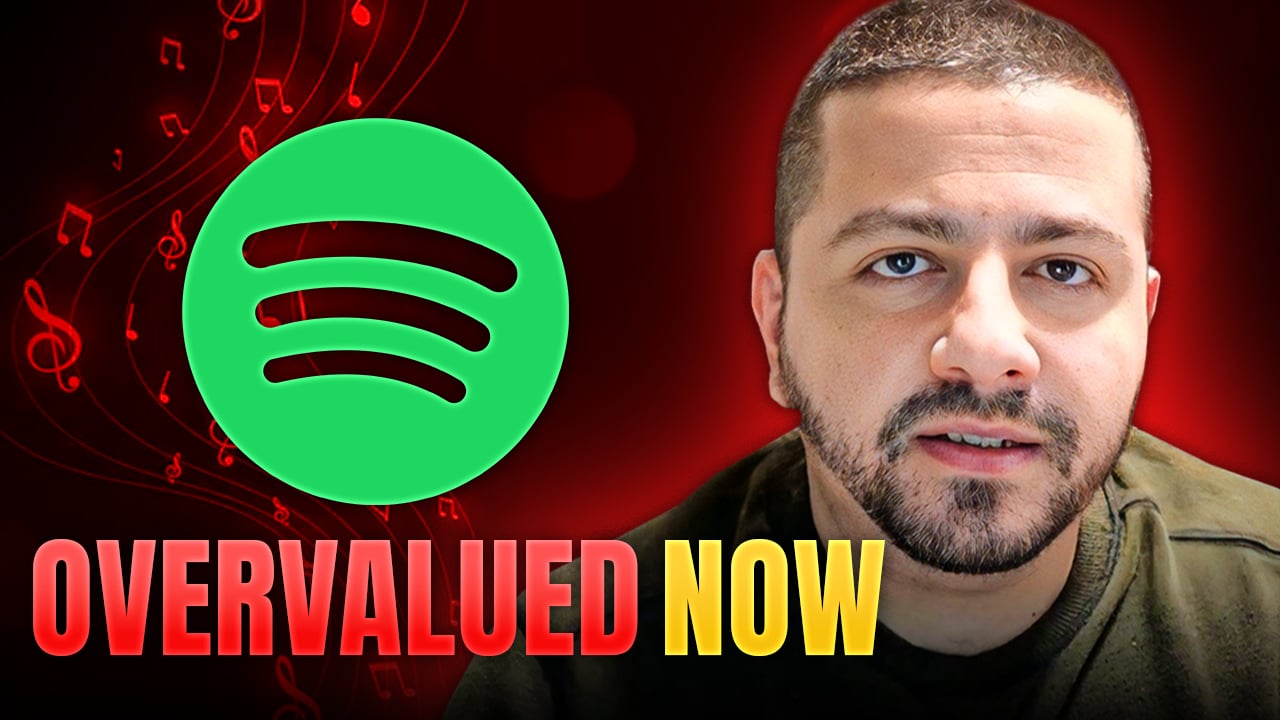On the heels of Apple's (AAPL +0.51%) announcement that it will offer podcast creators a platform to provide paid subscription services through its native podcast player, Spotify (SPOT +0.10%) is launching its own subscription podcast option as well. Spotify teased subscriptions back in February.
The two companies are taking different strategies to subscription podcasts, leaning on their respective strengths. And that means they can both win.
A difference in price
The main difference most have noted about Apple and Spotify's offering is the price. Apple is charging podcasters $20 per year for access, and it's taking a 30% cut of subscription revenue for the first year of a subscription and 15% of revenue thereafter. Podcasters using Spotify's platform will only pay for payment processing for the time being. The company plans to start taking a 5% cut of subscriptions in 2023.

Image source: Getty Images.
That makes Apple one of the most expensive solutions for podcasters looking to collect subscription revenue. But podcasters get a lot for their money. Apple Podcast listeners will be able to subscribe to podcasts directly within the app with just a push of a button. It's practically frictionless, which means it could be a lot easier to convert someone from a free listener to a subscriber. If the conversion rate is significantly higher, podcasters should be willing to pay more.
Spotify's pricing is closer to industry standards. Patreon, for example, charges the same 5% take rate as Spotify for its base-level plan. But premium podcast listeners don't have the option to listen on Spotify. The company says it's working on a solution, but for the time being, using Spotify's subscription platform will be the only way to get premium podcasts on the service.
Spotify's only able to offer lower pricing because it's not allowing in-app signups. Users will have to sign up on their desktop or through a website to access subscription podcasts within the Spotify app. Doing so avoids the standard 30% fee ecosystem owners like Apple take for in-app purchases.
This difference may be even more important
While Spotify's subscription platform is as inexpensive as they come, there's a catch. If a podcaster wants to use Spotify's subscription tools, they need to use its podcast hosting platform, Anchor.
Switching podcast hosting could be an even bigger hurdle than the high price tag for Apple's platform. Spotify's hoping its 86 million-plus podcast listeners are a big enough carrot to get creators to make the change.
Apple allows podcasters to import podcasts from other hosts. It also allows them to host a podcast with Apple if they're part of the premium subscription program, but Apple will limit distribution of those episodes to its own app.
Podcasters using Spotify's Anchor could use it to host and sell subscriptions on Spotify as well as other podcast distributors. In fact, they could participate in both Spotify and Apple's subscription platforms.
How both Spotify and Apple can win
Spotify and Apple seem to have different goals.
Apple wants to take a cut of the growing trend of subscription podcasts. It can do that by making it easier for listeners to subscribe and for creators to make subscription options available. For that, it charges a hefty premium.
In addition, another Apple subscription has the potential to lock customers into the Apple ecosystem. If a customer subscribes to a podcast through Apple's app, they may not be able to switch phones and maintain their subscription.
Spotify's strategy is less straightforward. While it'll eventually take a cut of subscription revenue, its main goal appears to be to attract top-quality podcasters to Anchor. And if someone is considering starting a podcast, the optionality of using Spotify's subscription tools makes Anchor an even more attractive option for getting started.
More creators using anchor means more podcasts for Spotify listeners -- both free and premium. Moreover, it presents an opportunity for Spotify to grow adoption of its streaming ad insertion technology, which enables more targeted dynamic ads in podcasts. In other words, it's an opportunity for Spotify to grow its share of podcast advertising revenue.
Podcast advertising is already a $1 billion industry in the U.S. alone. Spotify has the potential to not only take a share of the market but also accelerate its growth with its technology. And that can produce meaningful high-margin revenue for the company that generated just 2 billion euros in gross profit in 2020.
In the meantime, Apple's happy to sit back and collect a take of the premium market while locking in its users to more Apple products.
Both companies are playing to their strengths.







